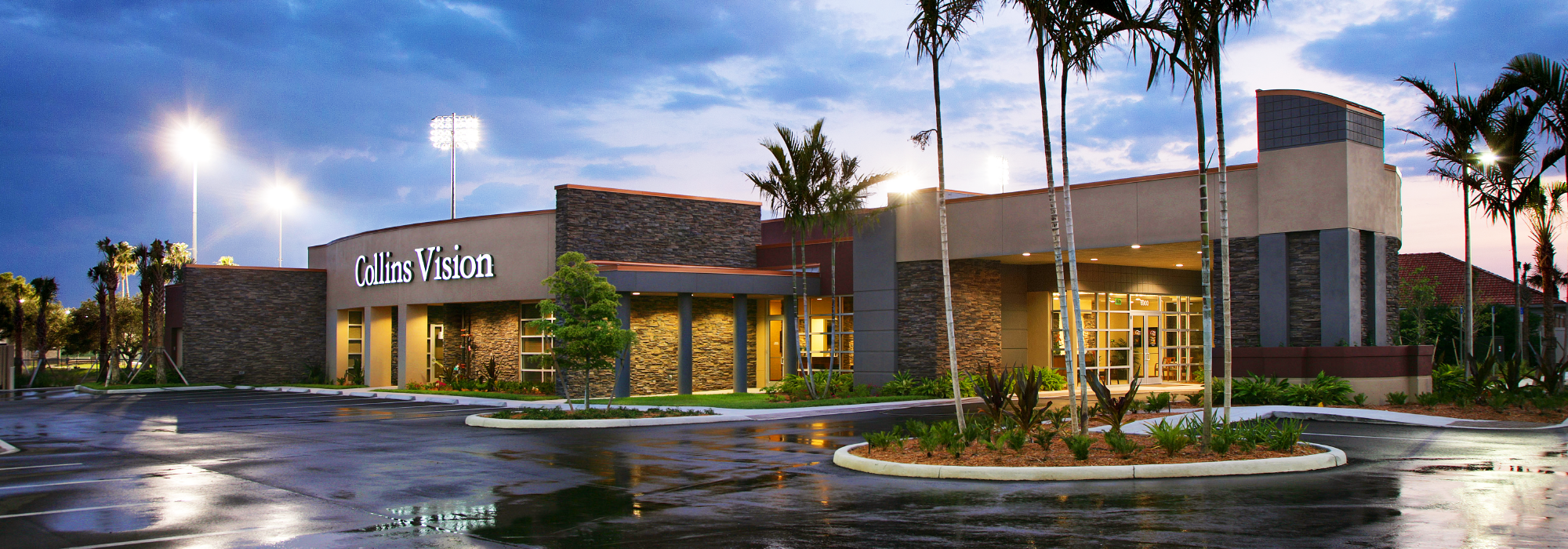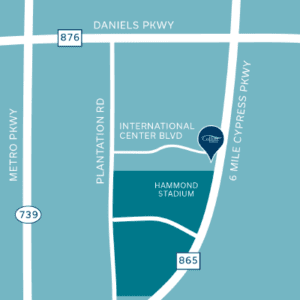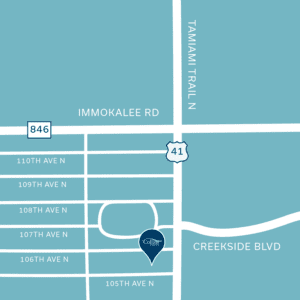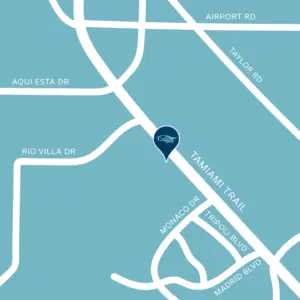BLEPHAROPLASTY (EYELID SURGERY)
hello bright eyes
ABOUT BLEPHAROPLASTY
The effect of drooping eyelids may be obscured vision that may interfere with daily tasks that require clear vision such as reading or driving. Many patients complain that the droopy eyelids also give them a tired appearance.
Blepharoplasty is the medical term for an eyelid surgery which corrects the drooping or sagging tissues of the upper and lower eyelids. The surgery involves removing skin and fat from the upper and lower eyelids with the goal to debulk the upper eyelid fold, sharpen the crease and restore the lower eyelid concavity. The surgery typically requires incisions that follow the natural upper eyelid crease and are hidden along the inside of the lower eyelid. In most cases, the incisions blend with the smile lines at the outside corner of the eyelids.
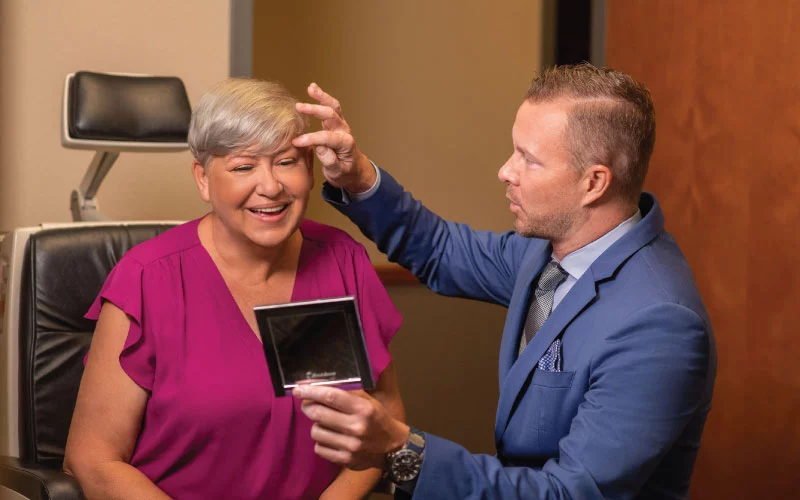
- Tired looking eyes
- Upper eyelid skin hanging over your normal lid crease
- Bulges, bags or furrows under your lower lids
- Smaller or more saggy appearing eyes
If you are experiencing these symptoms, you may be a candidate for eyelid surgery. Schedule your consultation today and meet one-on-one with Dr. Friedrichs to discuss your options.
WHO IS A GOOD CANDIDATE?
Rather speak to someone in person? Call us at 239-936-4706 option 7. Day or night, we’re here and available to speak to you.
THE CONSULTATION PROCESS

MEET WITH DR. FRIEDRICHS
MEET WITH DR. FRIEDRICHS

MEET WITH YOUR COUNSELOR
MEET WITH YOUR COUNSELOR

SCHEDULE YOUR SURGERY
SCHEDULE YOUR SURGERY
FUNCTIONAL UPPER EYELID BLEPHAROPLASTY
Medicare and insurance may cover upper eyelid blepharoplasty if it is causing a functional problem that interferes with your vision. Many patients complain of decreased field of vision and poor vision for daily tasks such as driving or reading. Special tests are performed by Dr. Friedrichs and his staff to determine the level of vision loss that might be occurring due to droopy upper eyelids. The results of these tests along with your confidential consultation with the surgeon will be used to determine if the upper eyelid droopiness is sufficient for Medicare or your insurance to cover the treatment.

LOWER BLEPHAROPLASTY
Dark circles and puffiness under the eyes can be addressed with a lower blepharoplasty which will debulk the lower eyelid fold and restore the natural concavity. Lower blepharoplasty will result in decreased puffiness under the eyes and will help to restore a more rested and youthful appearance. However, the lower eyelids rarely interfere with vision and lower blepharoplasty is not typically covered by Medicare or insurance. Oftentimes, patients will combine a lower blepharoplasty with an upper eyelid blepharoplasty for cosmetic purposes at the time of their functional procedure in order to minimize downtime.
Looking for a non-surgical option? Read more about our lower lid blepharoplasty options using Morpheus8 technology here.
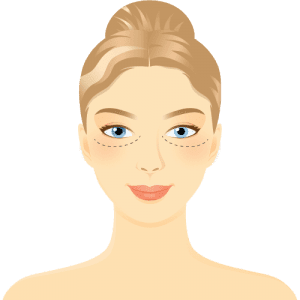
COSMETIC BLEPHAROPLASTY
Many patients desire eyelid surgery because the droopy or puffy eyelids give the appearance of being tired or unrested. Both men and women seek eye lifts or tucks to help them look more refreshed and to regain a more youthful appearance. Many patients are reluctant to consider cosmetic eyelid surgery due to fear of what may be considered a “surprised or unnatural look.” However, Dr. Friedrichs’ specialized training, experience and personal approach will ensure that you receive your desired level of cosmetic correction of the lid and brows areas with a natural appearance.
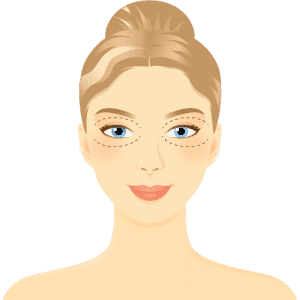
WHAT TO EXPECT DURING SURGERY
Blepharoplasty is an outpatient procedure performed under local anesthesia. Patients may also opt for light sedation during the procedure. Most patients experience very little pain and will have some swelling for up to a week after surgery which can be minimized with an ice pack. Most swelling and/or bruising are resolved after two weeks, but a small amount may be present for up to six weeks after surgery.
NON-SURGICAL BLEPHAROPLASTY
We offer non-surgical lower lid blepharoplasty options that may be right for you. Click the button below to learn more.
BLEPHAROPLASTY FAQ
Blepharoplasty is the medical term for eyelid surgery. It involves correcting drooping or sagging skin, excess fat, or muscle around the upper and/or lower eyelids. The goal can be functional (to improve vision or reduce obstruction) and/or cosmetic (to give a more youthful, refreshed look).
Here are some signs you might be a good candidate:
- Your upper eyelid skin is hanging over the natural lid crease.
- You have “bags,” puffiness, or bulges under your lower eyelids, or a tired appearance.
- Your vision is being affected: for example, upper eyelid droop that partially blocks peripheral or upper vision (reading, driving) can push the surgery from cosmetic into functional need.
- You are in good general health and have realistic expectations.
Collins Vision also offers non-surgical lower-lid blepharoplasty (using tools like Morpheus8) for people who are not ready for, or not good candidates for, full surgical options.
Yes — for many procedures, patients are awake under local anesthesia (often with mild sedation) at Collins Vision.
Sometimes light sedation is offered. More extensive or combined procedures may require deeper sedation, or in some cases, general anesthesia.
Blepharoplasty is generally considered safe when performed by experienced surgeons or ophthalmologists. That said, it is still surgery; risks include things like bleeding, infection, dry or irritated eyes, difficulty closing the eyes, visible scarring, temporary blurred vision. More serious but rare complications (like vision loss) are possible. At Collins Vision, the fact that the surgeon is a board-certified ophthalmologist with specialized experience adds to safety.
It’s usually not very painful. Immediately after surgery, there can be discomfort, swelling, and bruising; many people manage with over-the-counter pain relievers, possibly with stronger medication for a short time. Pain tends to diminish after a few days. Collins Vision patients report very little discomfort.
Yes, but mostly in beneficial ways if the procedure is done for functional reasons:
- If excess upper eyelid skin droops over your eye field, removing it can improve peripheral vision or reduce obstruction.
- Temporary blurred vision can happen post-op due to swelling, dressings, or ointments.
- Rarely, complications can cause more serious visual problems — which is why evaluation and care are important.
- Many people enjoy lasting results, especially for lower eyelid surgery.
- Upper eyelid changes may recur to some degree over time due to natural aging (skin laxity, gravity, etc.).
- Some sources estimate 5 years to a lifetime, depending on how much sagging recurs, how someone ages, sun exposure, and lifestyle.
- Expect swelling and bruising, often most noticeable in the first 1-2 weeks.
- Sutures are often removed about 5-7 days after surgery.
- Most people can return to non-strenuous work after about a week; more strenuous activity should be avoided for longer.
- Full healing (including resolution of minor swelling, subtle final contour) may take several weeks to a few months.
- Yes — incisions are made, so there will be scars. But they are typically placed in natural folds (upper eyelid crease, just under lashes, or inside lower lid) so they are well hidden.
- Over time, scars generally fade and become less noticeable. Proper wound care, avoiding sun exposure, and following post-op instructions help.
- Short trips are possible, but travel immediately after surgery has extra risks (e.g. swelling, pressure changes, hygiene, risk of infection).
- It’s generally best to wait at least until you feel stable (less swelling/bruising, can care for yourself). Many surgeons recommend avoiding long flights, heavy lifting, or strenuous exertion until cleared.
- At Collins Vision, patients return for suture removal 5-7 days post-op; many people resume most daily activities after about one week.
- Blepharoplasty can be medically necessary. When excess upper eyelid tissue or sagging is severe enough to obstruct vision (field of vision, reading, driving), it is considered “functional” blepharoplasty.
- If it is purely cosmetic — for appearance, to reduce puffiness, etc. — then it is not medically necessary.
- Upper Lid Blepharoplasty can sometimes be covered by insurance. When there is a functional reason — i.e. excess skin obstructing vision — insurance or Medicare may cover part or all of the cost of upper eyelid blepharoplasty. Our team will perform tests to determine the level of vision loss and whether drooping is sufficient for coverage.
- Lower eyelid surgery is less likely to be covered because it is rarely considered medically necessary.
- Coverage depends heavily on your insurance plan as each plan can be different. Your counselor will go over all details with you prior to surgery.
